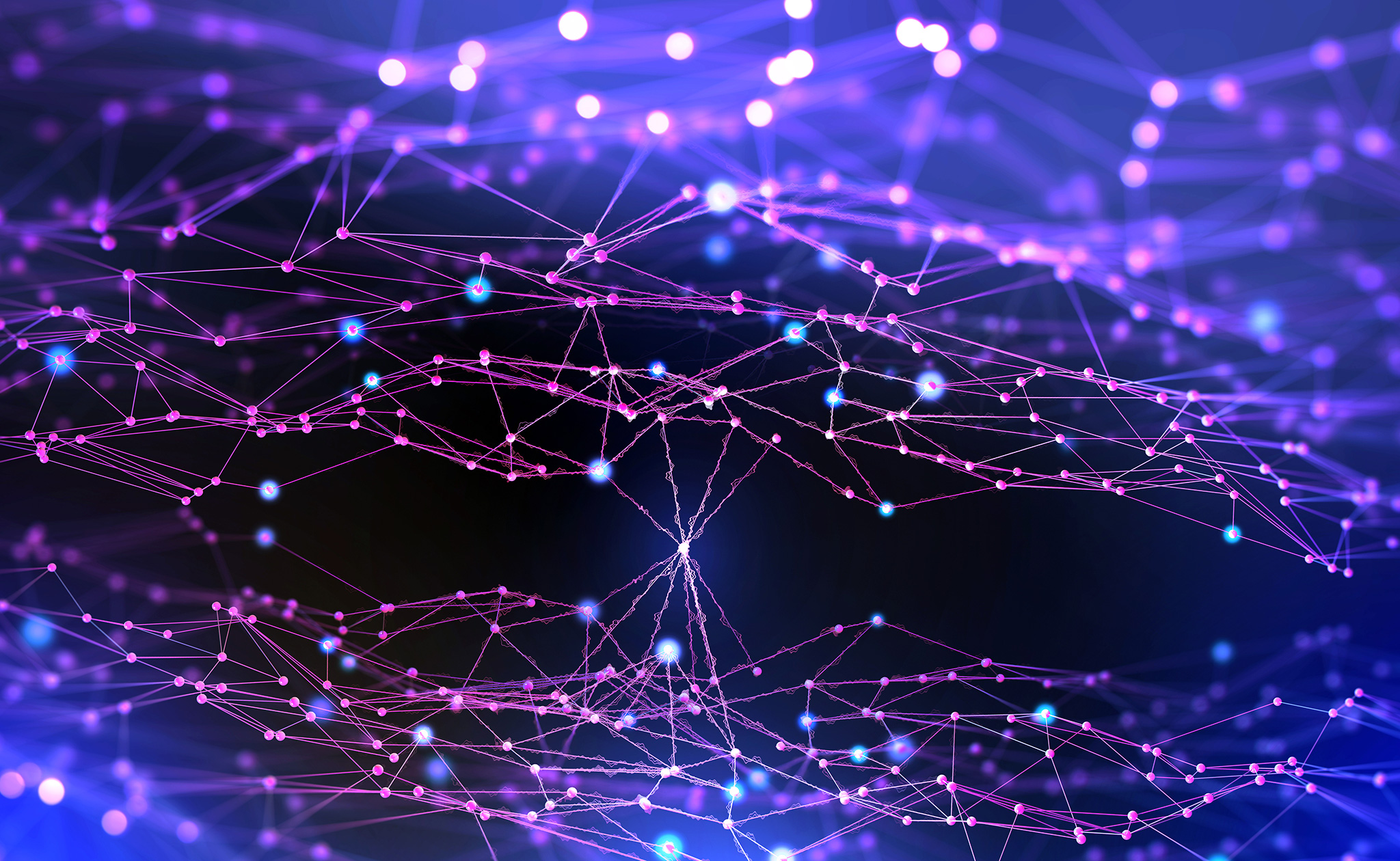You are collaborating in various projects with a view to developing components for Edge AI. What can you achieve together that you wouldn’t be able to separately?
Loreto Mateu: Our goal is to develop a complete chain of neuromorphic hardware – or to put it more simply, to create an alternative to conventional computer processors modeled on the human brain. Such a complex technology requires a broad range of skills. Marco and I have both adopted AI tools that we need, but have different perspectives on them. We work in a way that is complementary to each other, so to speak – and we’re a fantastic match! While my group develops the analog components and analog integrated circuits, Marco’s group is devoted to the algorithms and digital components. This means we can combine the benefits of both technologies – and no doubt give the field of Edge AI a significant boost in the process.
Marco Breiling: We need each other in order to face up to this challenge – joining forces is the only way that we can do justice to such a complex topic.
